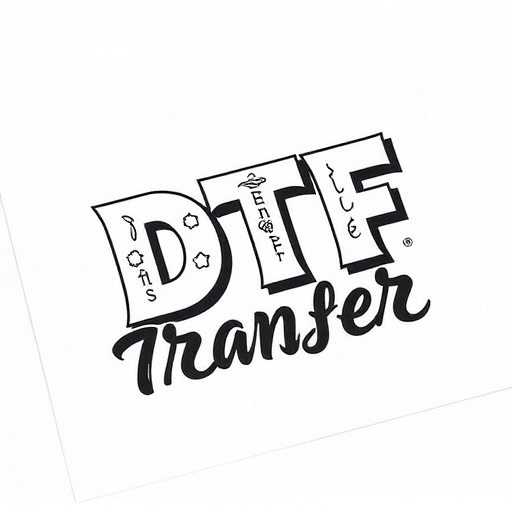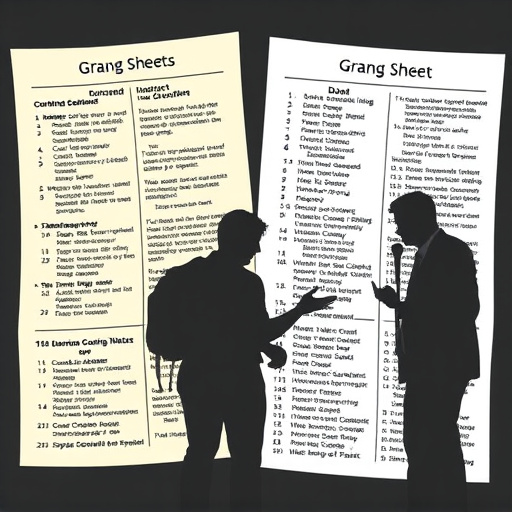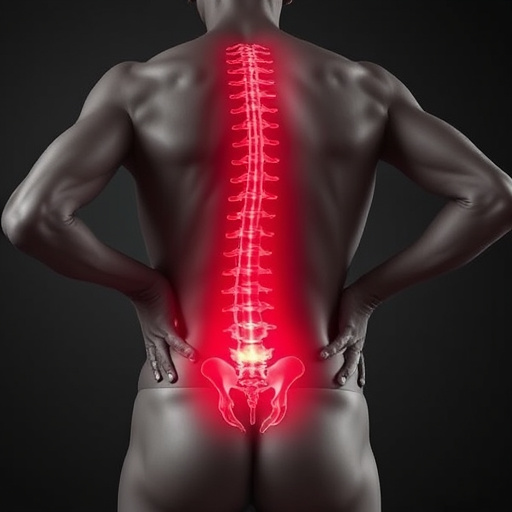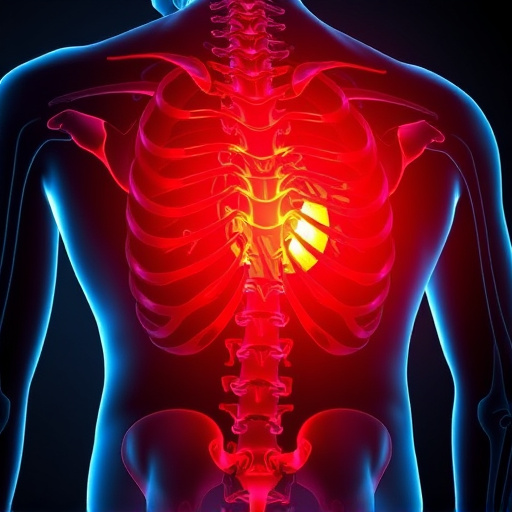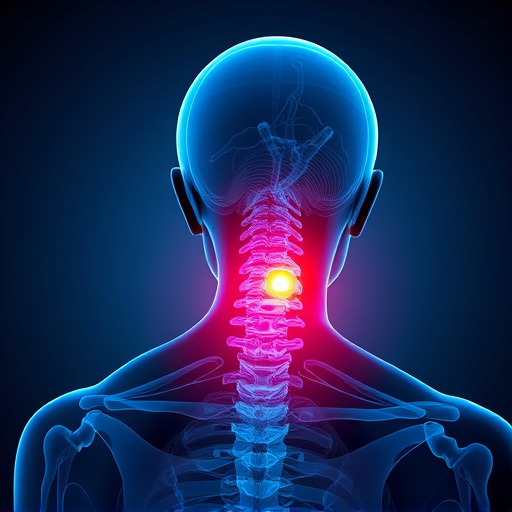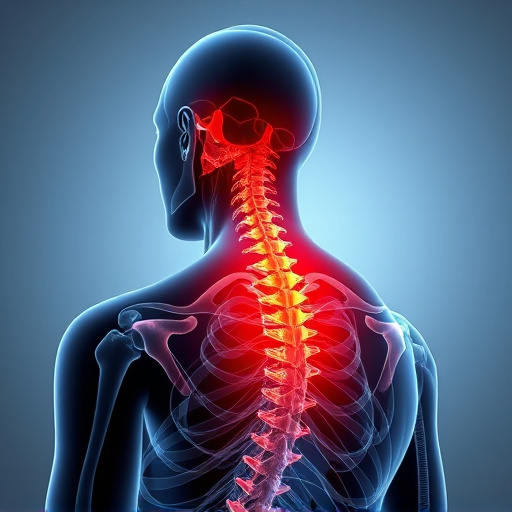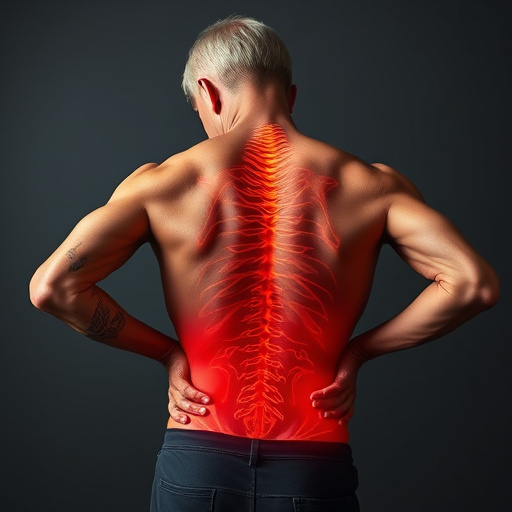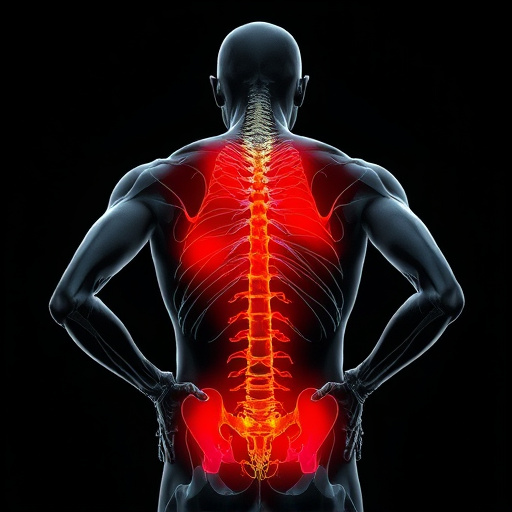Herniated disc treatment focuses on addressing the root cause for long-term recovery. Chiropractic care, physical therapy with exercises and education, and in severe cases, surgery aim to reduce pain, improve mobility, and strengthen spine support muscles. Physical therapy stands out as a leading non-surgical approach, offering personalized manual therapy, targeted exercises, and education to manage pain, enhance function, and prevent future issues, making it a key component of comprehensive herniated disc treatment plans.
A herniated disc can cause significant pain and mobility issues, but physical therapy offers a non-surgical approach for effective relief and recovery. This article delves into understanding herniated discs, their causes, and symptoms, highlighting the crucial role of physical therapy in treating this common spinal condition. We explore techniques used to alleviate pain, restore function, and prevent future injuries, providing insights into why physical therapy is a preferred choice for many seeking herniated disc treatment.
- Understanding Herniated Discs: Causes and Symptoms
- Role of Physical Therapy in Non-Surgical Treatment
- Effective Techniques for Pain Relief and Recovery
Understanding Herniated Discs: Causes and Symptoms
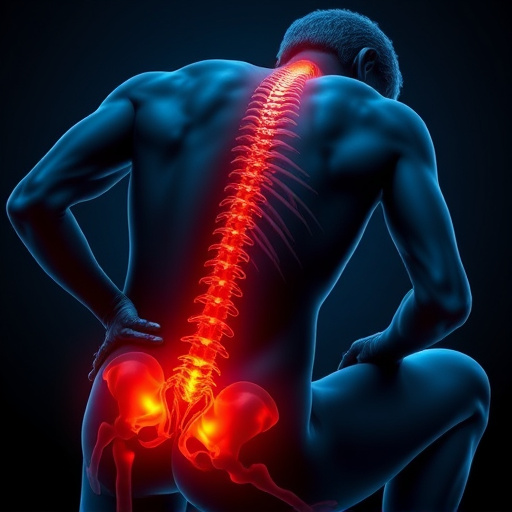
A herniated disc occurs when the soft inner nucleus of a spinal disc pushes through a tear in its outer ring. This can happen due to aging, injury, or strain. As the damaged disc protrudes, it may press on nearby nerves, leading to pain, numbness, or weakness that can radiate to other parts of the body. Symptoms vary depending on the affected area and nerve involvement. Common signs include localized back or neck pain, tingling or burning sensations in the limbs, muscle weakness, and chronic pain that worsens with certain movements or positions. In some cases, herniated discs can also cause headache relief or alleviate chronic pain symptoms when properly treated.
While over-the-counter pain relievers and rest may provide temporary headache relief or chronic pain relief, addressing the underlying issue is crucial for long-term recovery. Chiropractic treatment, physical therapy, and in some cases, surgical intervention, are effective herniated disc treatment options. Physical therapists employ various techniques to reduce pain, improve mobility, and strengthen supporting muscles. These methods include manual therapy, exercises tailored to individual needs, and education on posture and movement patterns to prevent further damage or recurrence.
Role of Physical Therapy in Non-Surgical Treatment
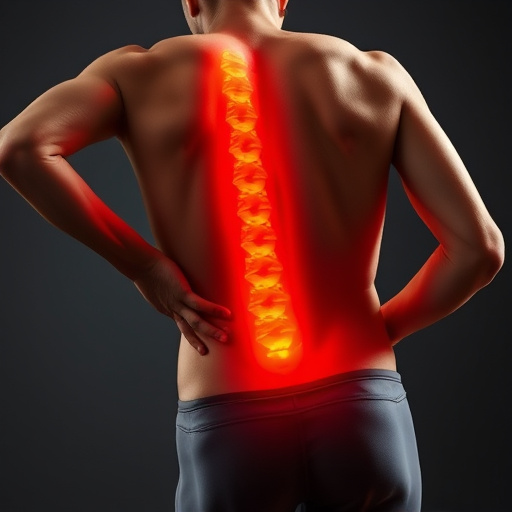
Physical therapy plays a pivotal role in non-surgical herniated disc treatment, offering a comprehensive approach to managing this common spinal condition. Therapists utilize various techniques tailored to each patient’s unique needs, focusing on pain reduction, improved mobility, and enhanced overall function. Through manual therapy, exercises, and educational guidance, physical therapists help patients recover from acute injuries or alleviate chronic pain associated with herniated discs.
The non-invasive nature of physical therapy makes it an attractive alternative for those seeking to avoid surgery. This approach not only targets the affected area but also empowers individuals with knowledge about their bodies, enabling them to manage their symptoms effectively. By incorporating exercises designed to strengthen core muscles and improve posture, physical therapy can contribute to long-term stability and pain prevention, making it a valuable component of herniated disc treatment plans.
Effective Techniques for Pain Relief and Recovery
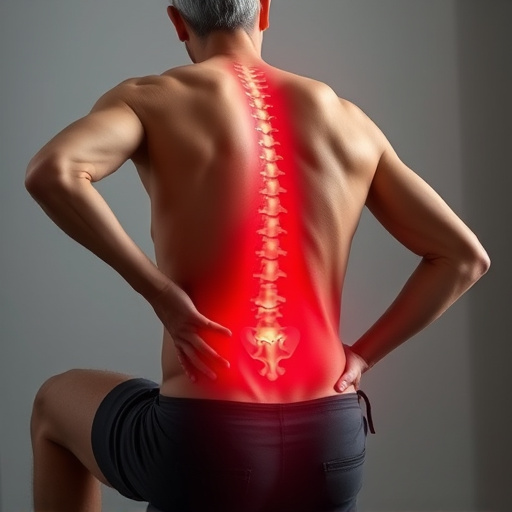
Physical therapy plays a pivotal role in managing herniated disc conditions and facilitating effective herniated disc treatment. Therapists employ a variety of techniques tailored to each patient’s unique needs, focusing on pain relief and injury rehabilitation. One common approach involves manual therapy, where therapists use their skilled hands to manipulate the spine, reduce inflammation, and release tension in the affected muscles. This gentle yet powerful method has shown significant promise in chronic pain relief, especially when combined with targeted exercises.
Additionally, physical therapy offers specialized exercises designed to strengthen core muscles, improve posture, and enhance flexibility. These exercises not only provide sciatica treatment but also empower patients with tools to manage their condition long-term. Through a holistic approach that combines manual therapy and specific exercise protocols, physical therapists contribute significantly to the recovery process, enabling individuals to regain mobility, reduce dependence on medications, and return to active lifestyles.
Physical therapy plays a vital role in non-surgical herniated disc treatment, offering effective techniques for pain relief and recovery. By understanding the causes and symptoms of herniated discs, therapists can tailor specific exercises and treatments to strengthen muscles, improve posture, and reduce pressure on affected areas. Through dedicated care, physical therapy enables patients to manage pain, regain mobility, and achieve lasting results without resorting to surgery, making it a key component in successful herniated disc treatment.
